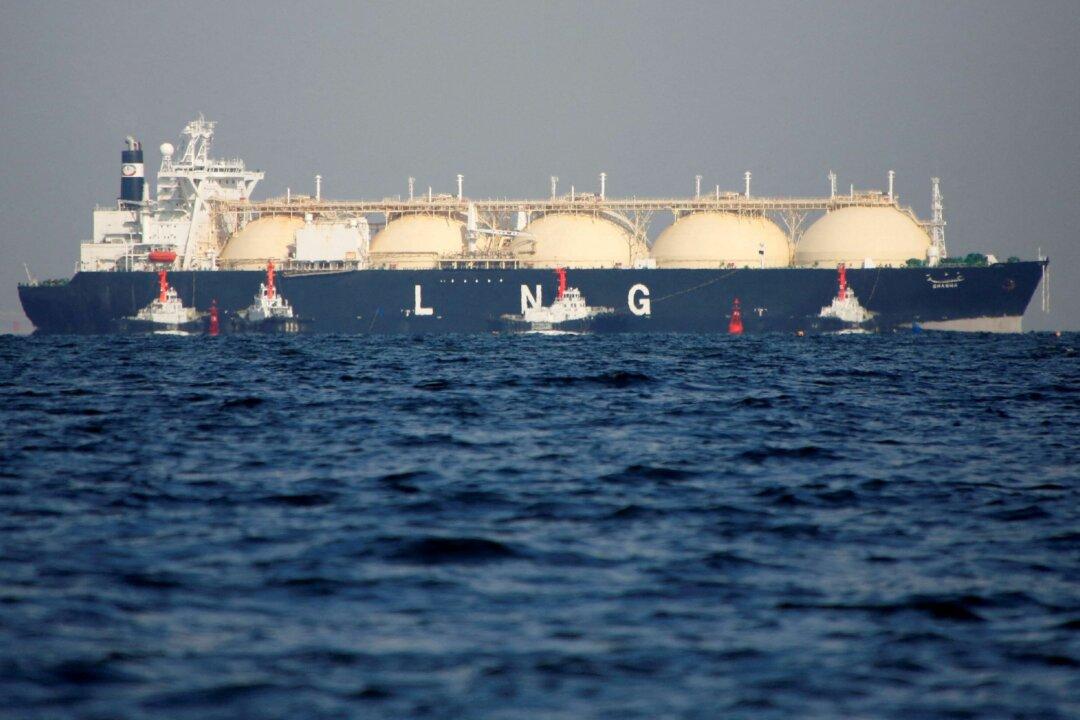Has Europe’s much-anticipated energy crisis been put on hold? From falling gas prices to unusually warm weather, European demand for natural gas has diminished at a notable pace heading into the winter season.
However, a potential European energy crisis has not yet been averted. Russia’s invasion of Ukraine and steep declines in natural gas supply to Europe are expected to wreak havoc on European countries, but more so on developing nations.





